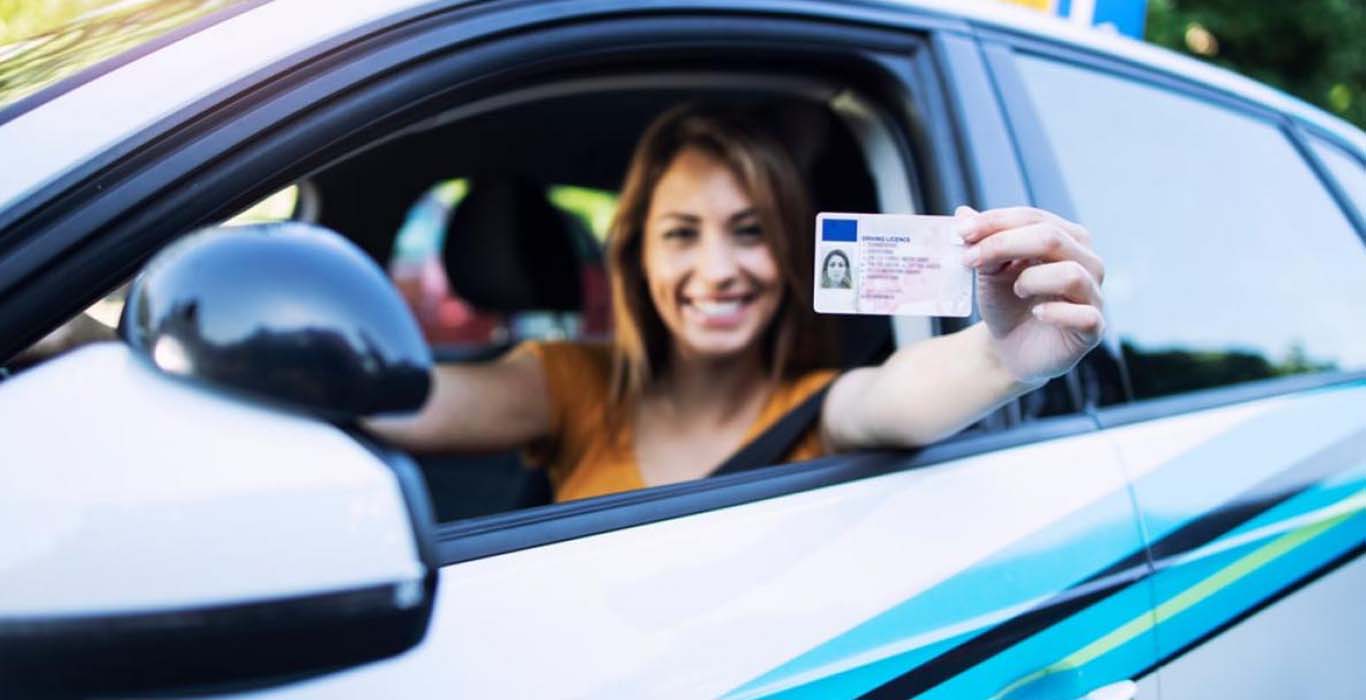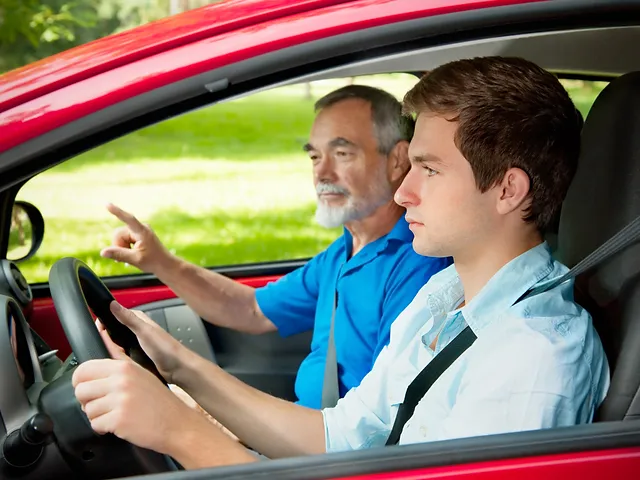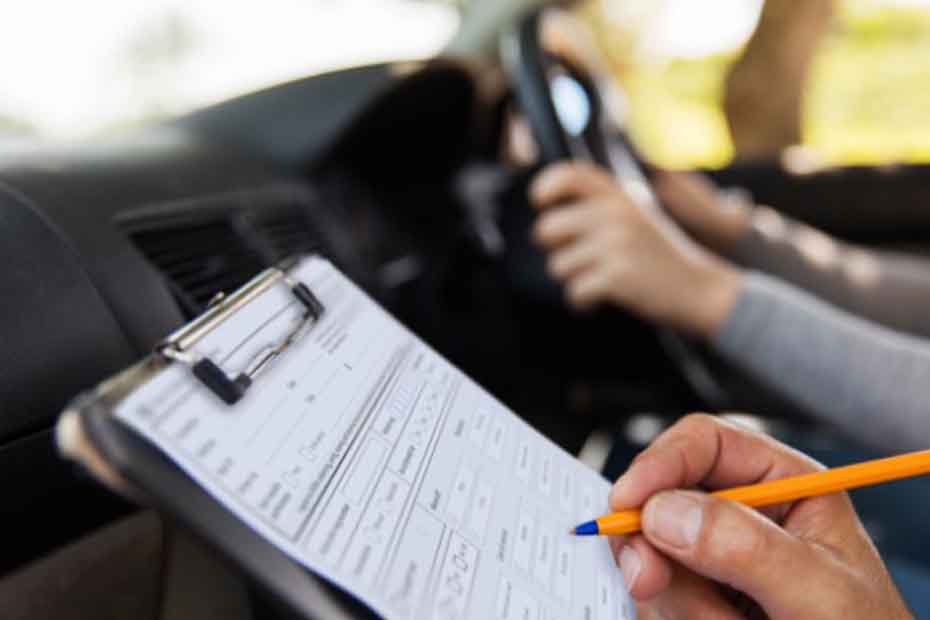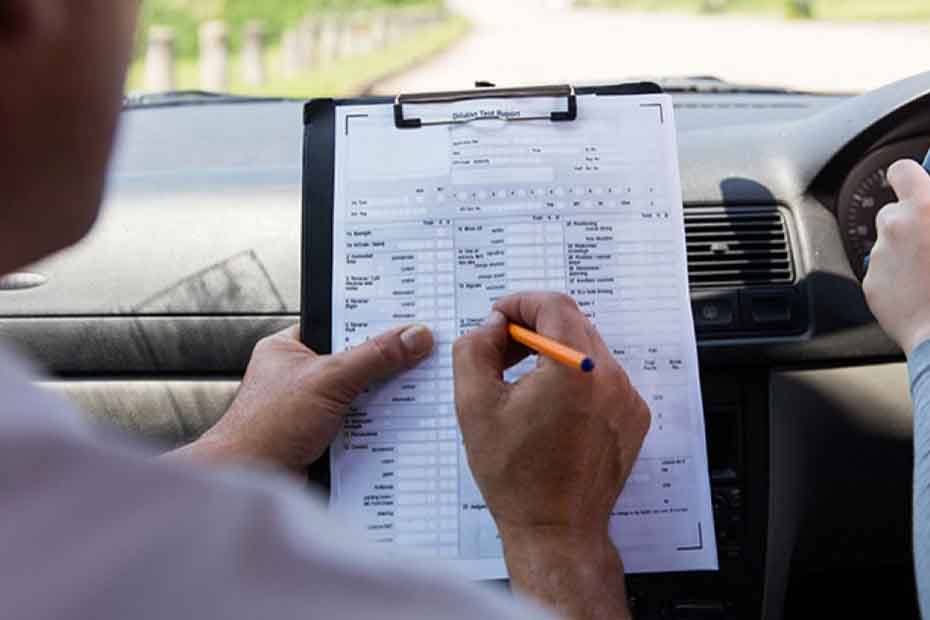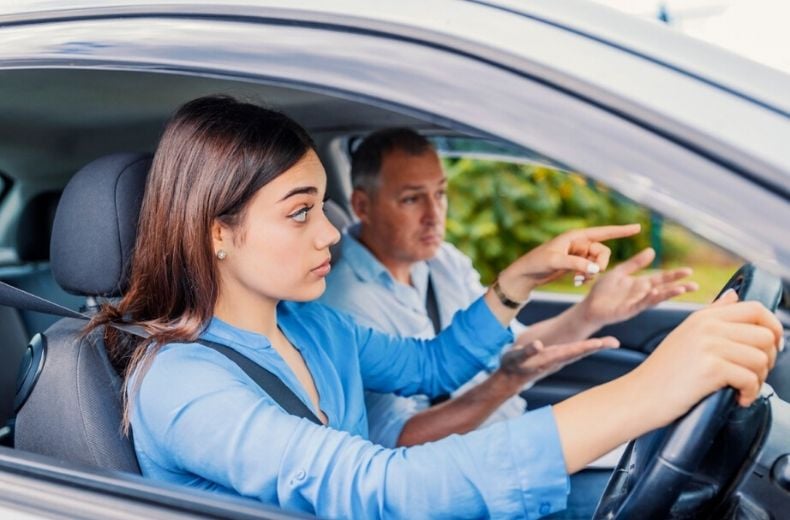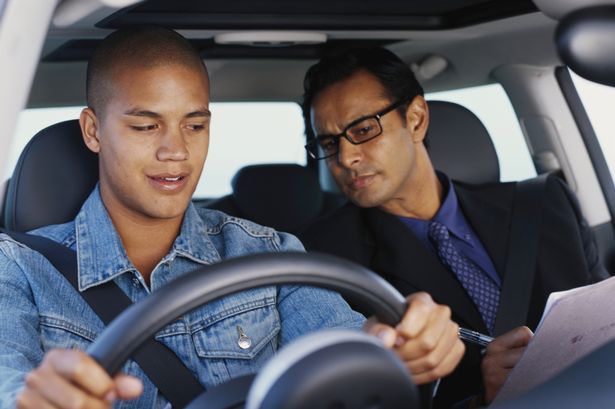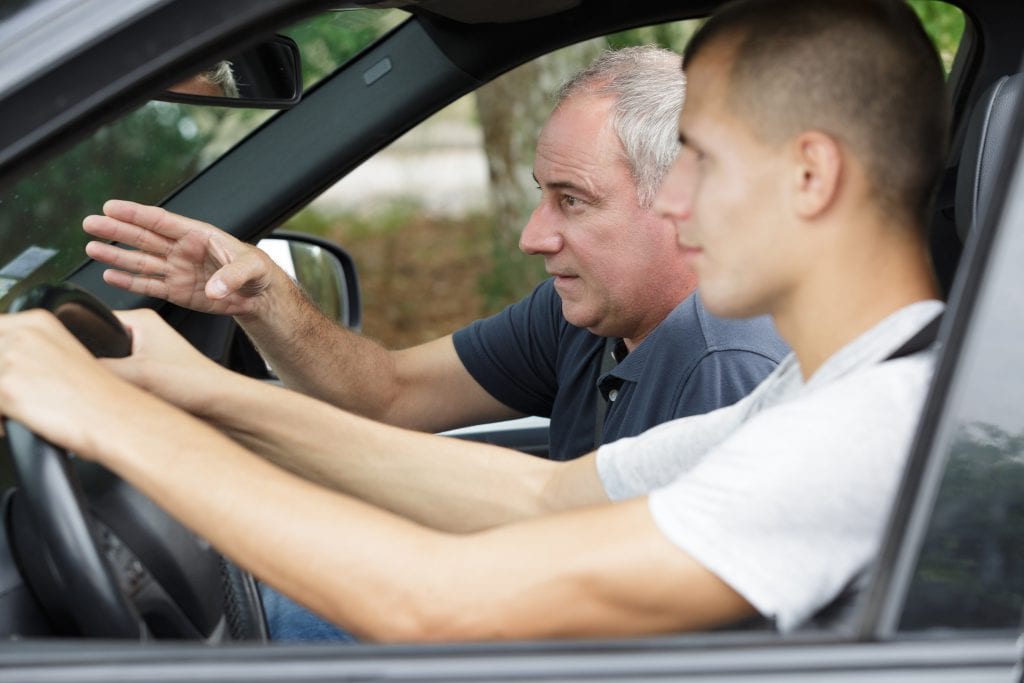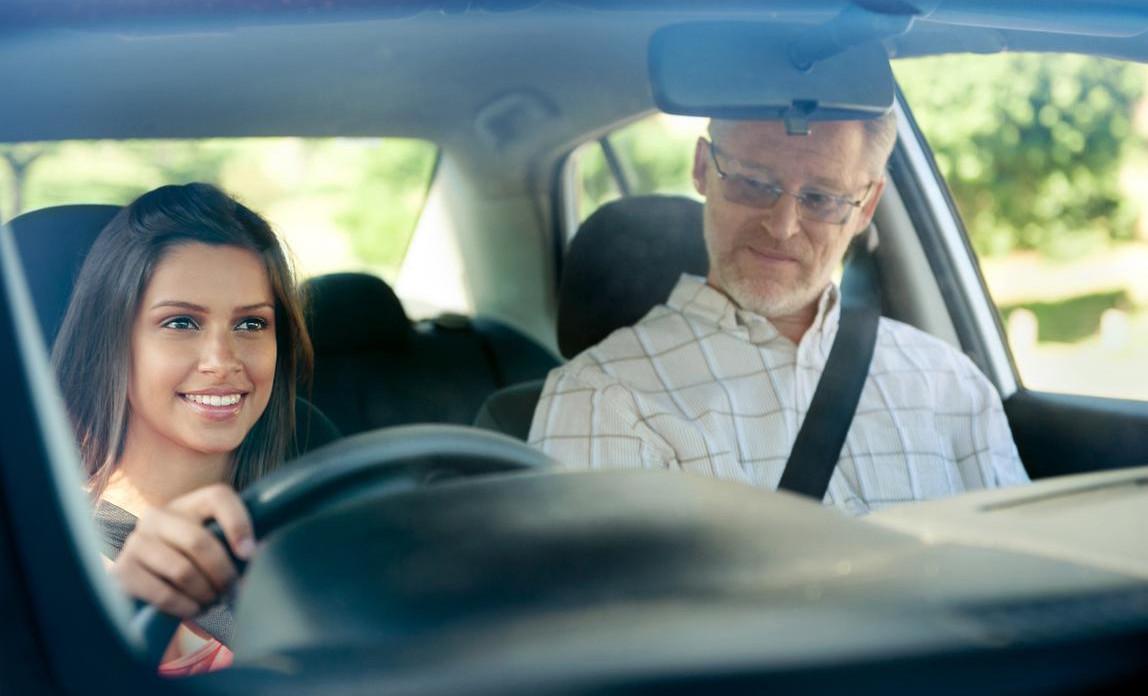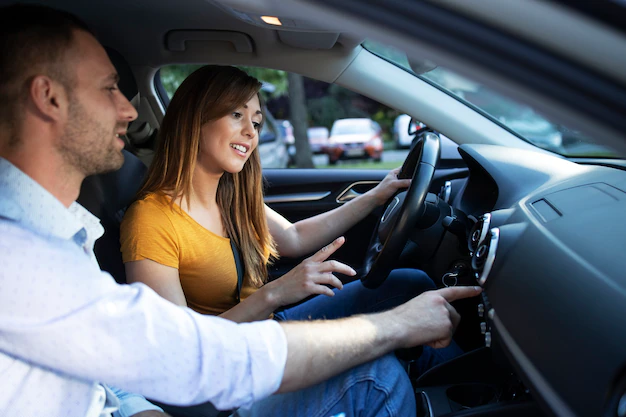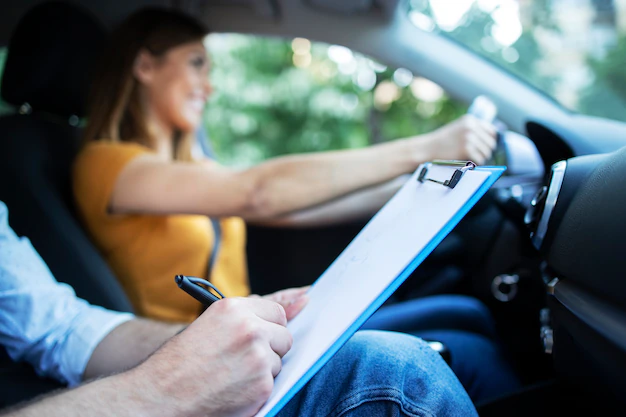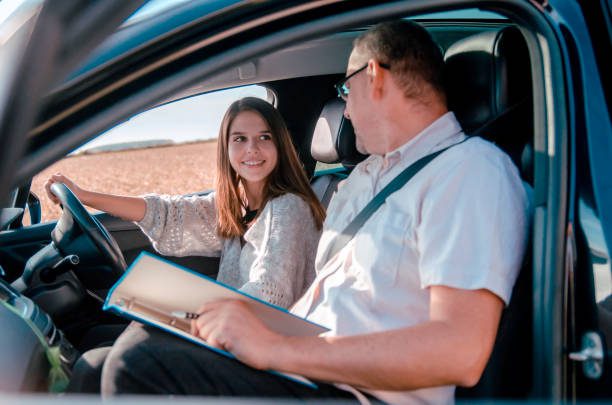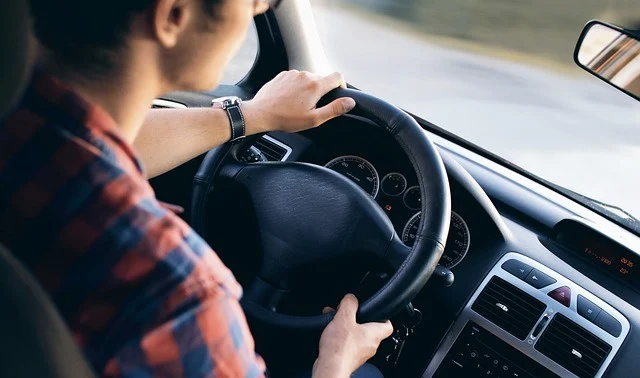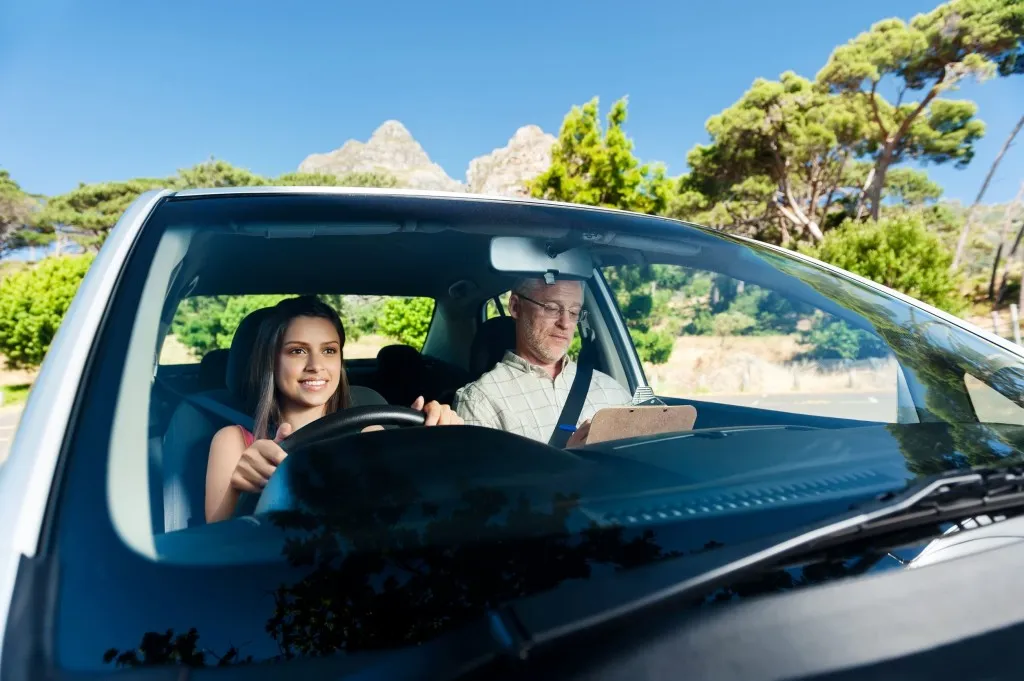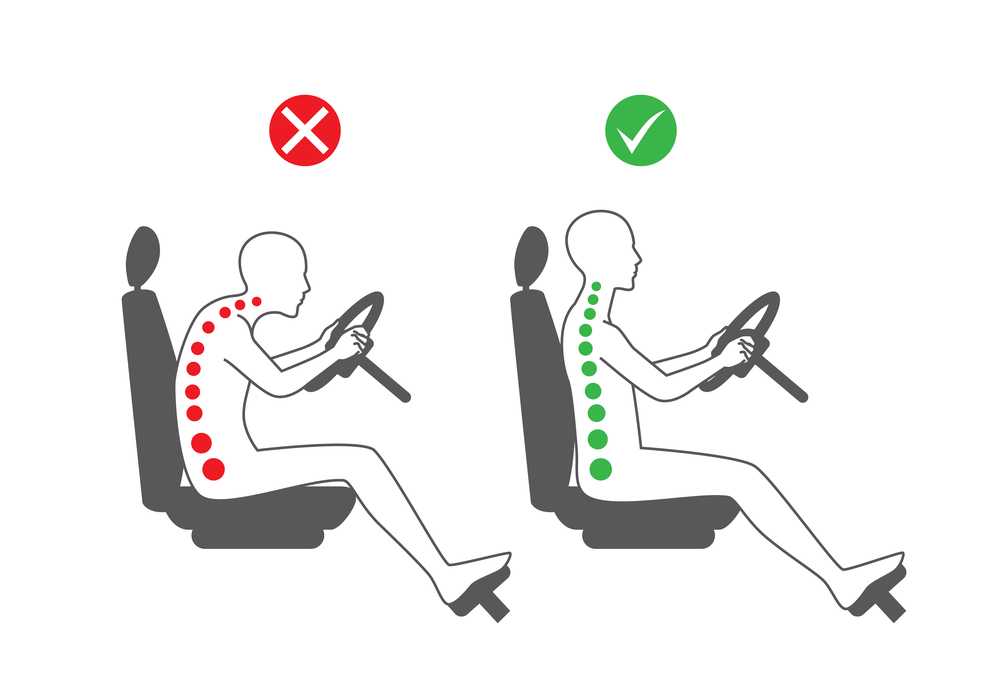How Many Driving Lessons are needed to Pass the Test?
“How many lessons do I need?” is the most frequently asked question from the learners. If you are going to start learning soon, you might also have this question in your mind. Well, the learning period can be different for different persons, depending upon their learning speed and sharpness of mind.
We all know that the learning period can be tough because you are being prepared for a nerve-wracking driving test. However, in this blog, we are going to answer this question once and for all. We will also guide you on how you can choose a good instructor to make your learning experience pleasant and progressive.
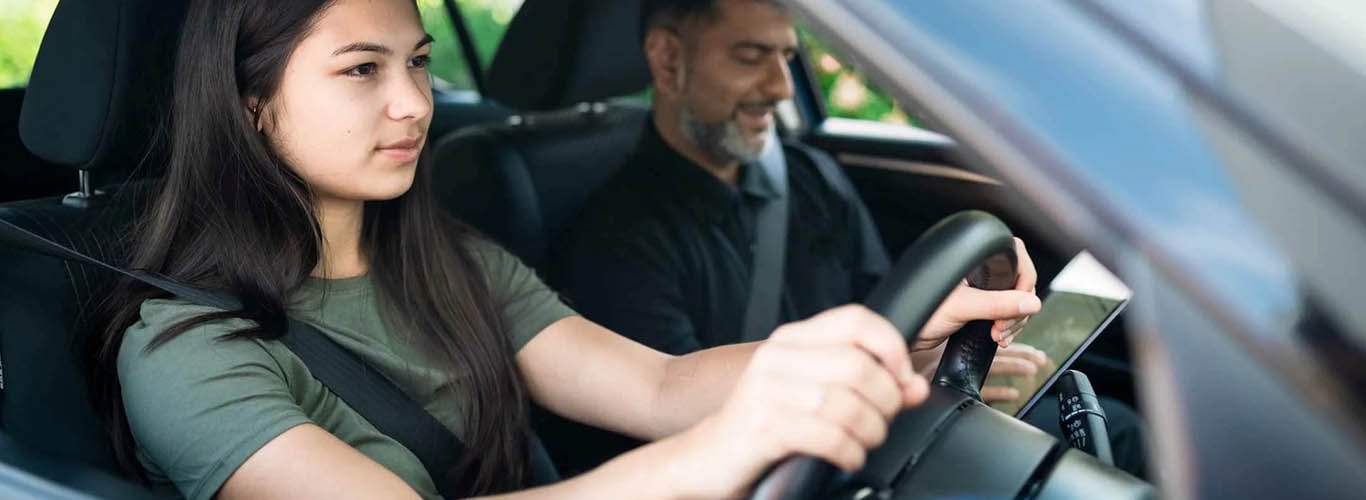
How Many Lessons Do You Need?
Although the Driver and Vehicle Standard Agency (DVSS) recommend an average of 45 hours of instructed lessons with at least 22 hours of practising, no rules and regulations limit the number of lessons you need. If you are a fast learner, you may need fewer hours of practising to complete your training.
However, you should be focusing on becoming a safe driver rather than completing your training in haste to make sure that you don’t put your or others’ lives in danger while you are driving. Moreover, there are some factors that will help you determine how long you need to practice before taking your driving test which are:
How Old Are You:
We all know that younger minds are sharper and more reflexive, and they need less time to learn. DVSA recommends the learners add extra 2 hours of training for every extra year that adds in your age.
How Regular You are:
Regularity in practice is very important to pass your test on time. If you are not regular in your practising sessions, you are going to take a lot more time and attempts to clear your test. Regular practising will also make you more confident and provide the required progress momentum.
Private Practising:
DVSA suggests taking at least 22 hours of self-practising in addition to your driving lessons. So, it is better if you take one of your family members with you and start practising to accelerate your progress.
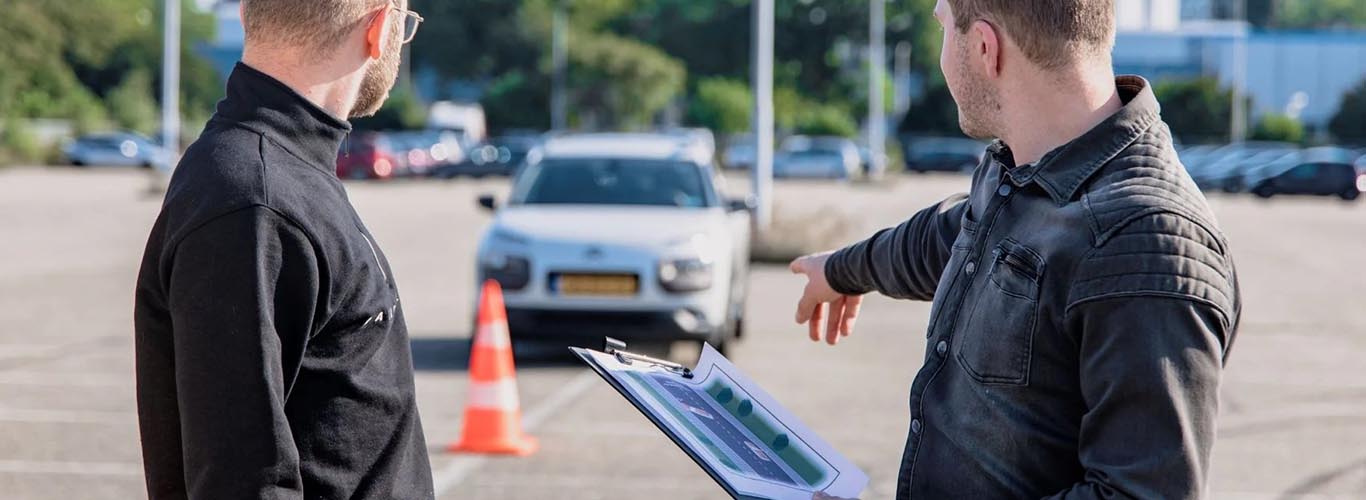
Why Driving Test is so difficult to Pass?
Driving tests are not so difficult to pass. However, if you are unable to pass the test even after multiple attempts, you might need to rethink the whole procedure and find out the mistakes that you are making. Following are some common reasons that might be helpful:
Not Enough Practice:
Sometimes, people are so eager and hasty to get a driving license that they skip fast through the practice stage, assuming that they are ready to take the test. This is one of the biggest reasons why people fail their driving tests.
Did not go through the Theory Properly:
Make sure that you prepare your theory properly and go through it once again before going for a theoretical test. Do not just rely on the regular traffic signs that you see on a daily basis. This will keep you calm and composed during the test.
Nervousness During the Test:
If you get nervous before or during your driving test, the game is over because you will become more vulnerable to mistakes as well as your performance will drop drastically. So you must keep calm and stay confident during your test to make a good impression of yourself
Not using the Mirrors Properly:
Examiners focus particularly on whether you are using mirrors properly or not. Moreover, if you are making quick glances at your mirrors, the examiner might not detect it. So, during your test, make sure you use all those mirrors in such a way that the examiner is able to observe that.
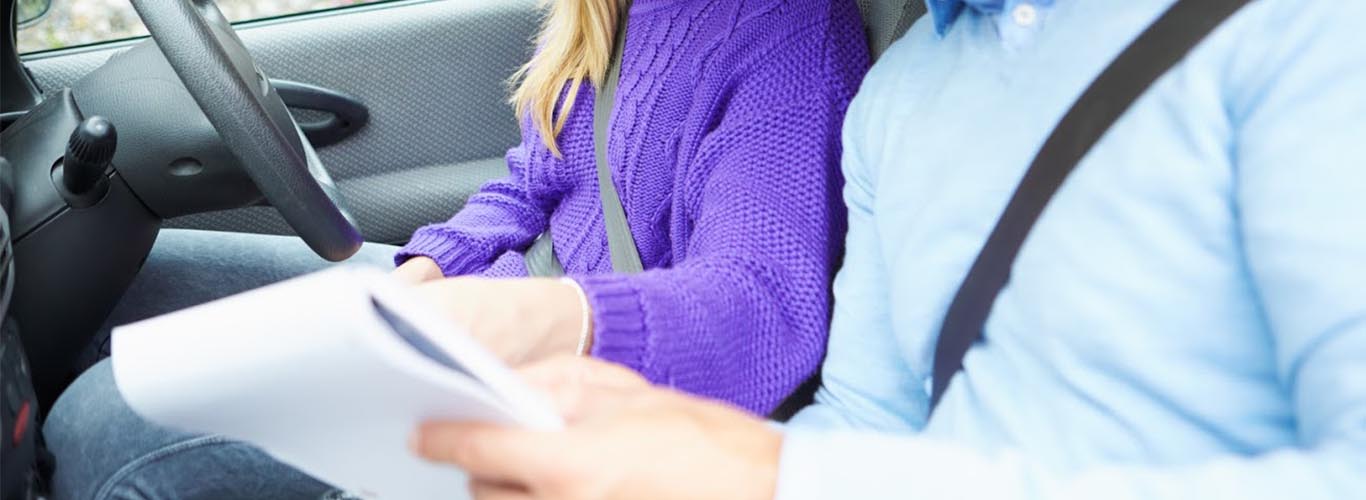
What to look for before Choosing Your Instructor?
A good instructor with adaptable training methods will make a great impact on your learning speed. If you don’t feel relaxed and your chemistry doesn’t match with your instructor, you are likely to suffer throughout the training period. So make sure you take all the measurements and choose the right instructor for yourself.
Following are some points that might be useful for you when you are choosing an instructor for yourself:
Recommendations
Recommendations are the easiest way to find your ideal instructor. You can ask people from your friends or family who have recently gone through the training process to recommend good instructors for you.
Certifications:
DVSA has made it mandatory for all instructors to hold either Approved Driving Instructor (ADI) or Potential Driving Instructor (PDI) certification. Make sure that your instructor has one of these before selecting him.
Be pro-active
Engage with your instructor by asking different questions about the process and his experience as well. Then observe how he reacts and deals with all those questions. This will help you learn about different personality aspects of the instructor.
Hopefully, this covers the questions in your mind. Now all you need to do is to go for the best option available for you and give the learning process a calm and thorough shot. Train yourself properly so that you can pass your test on the first attempt.

